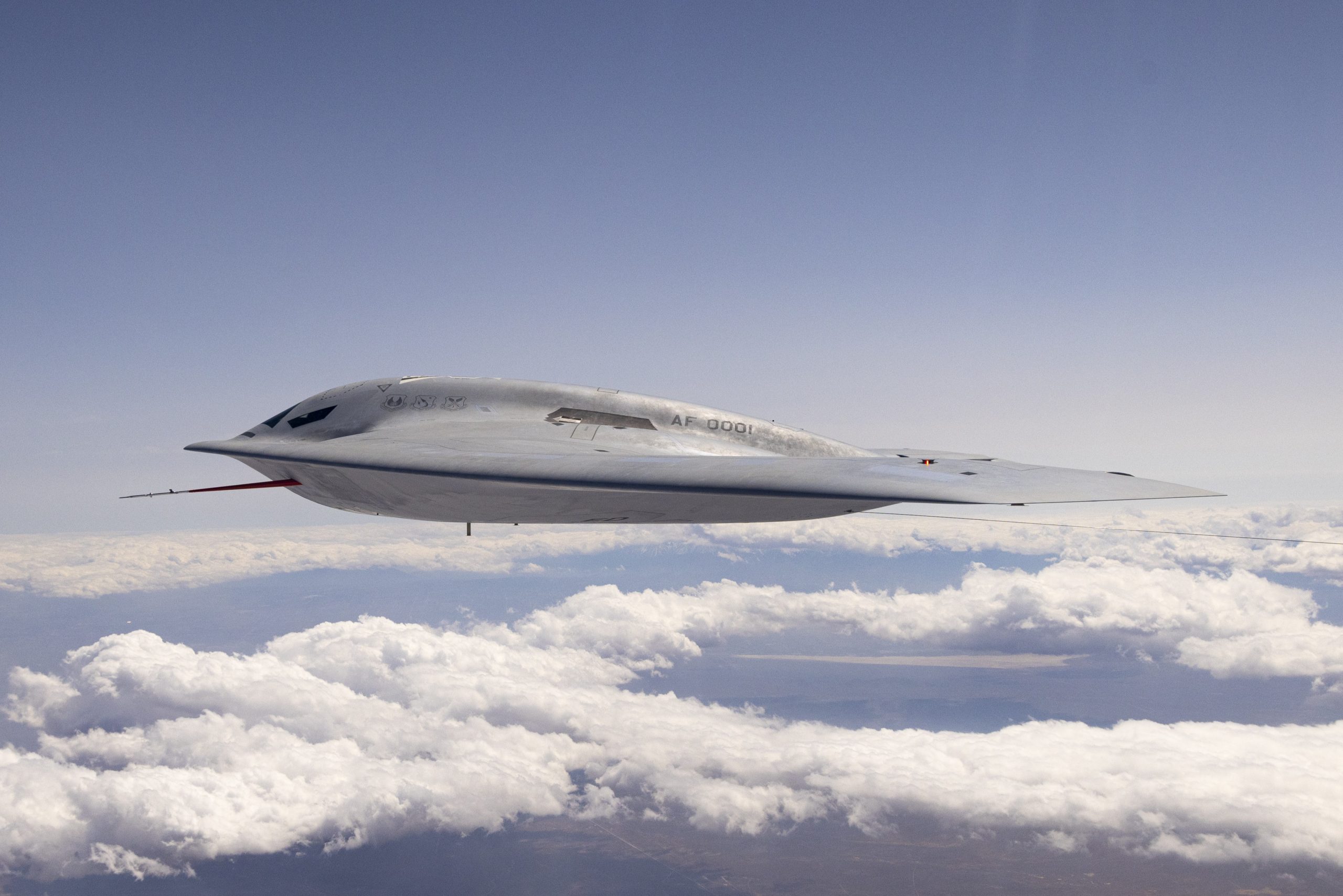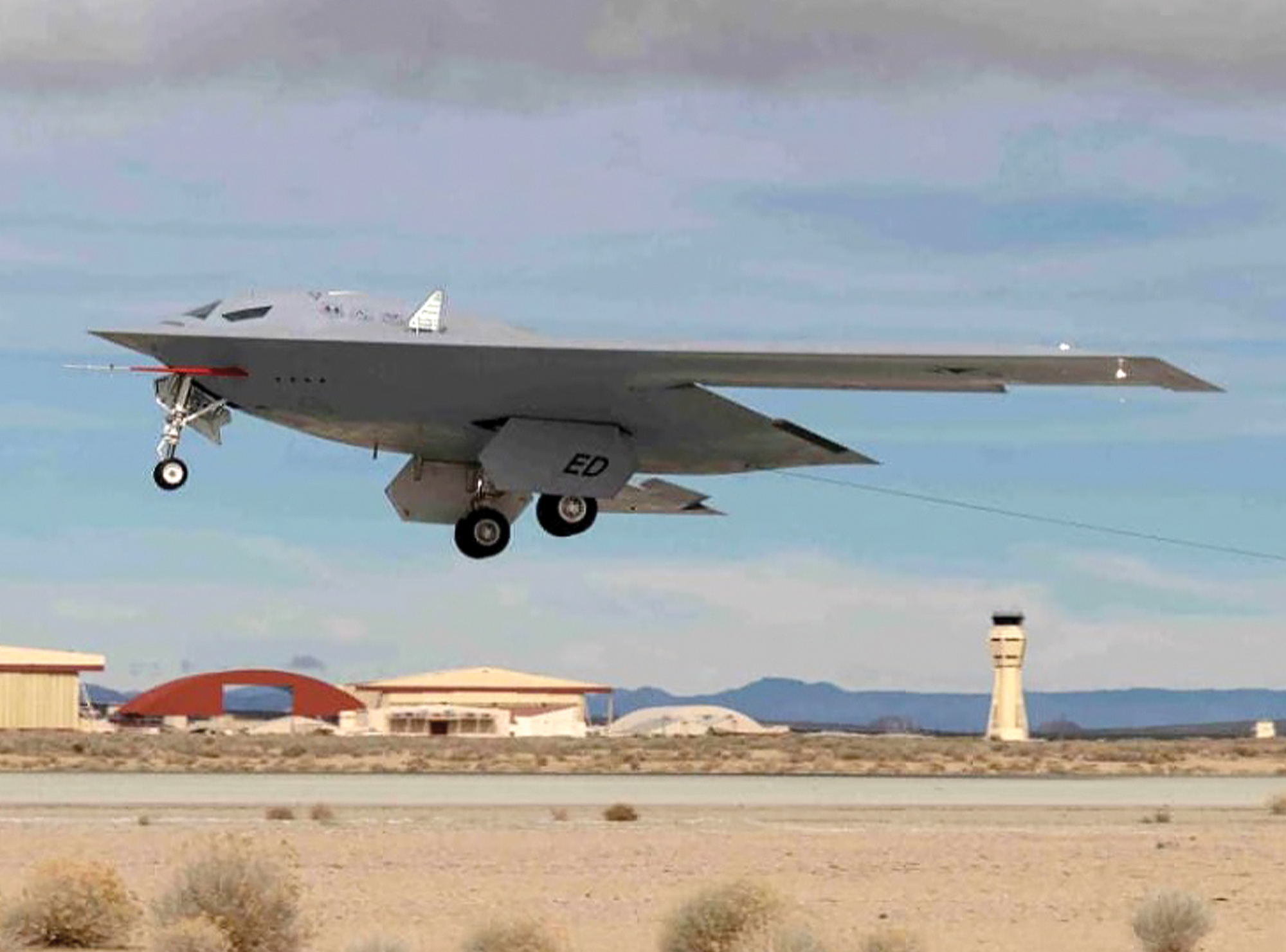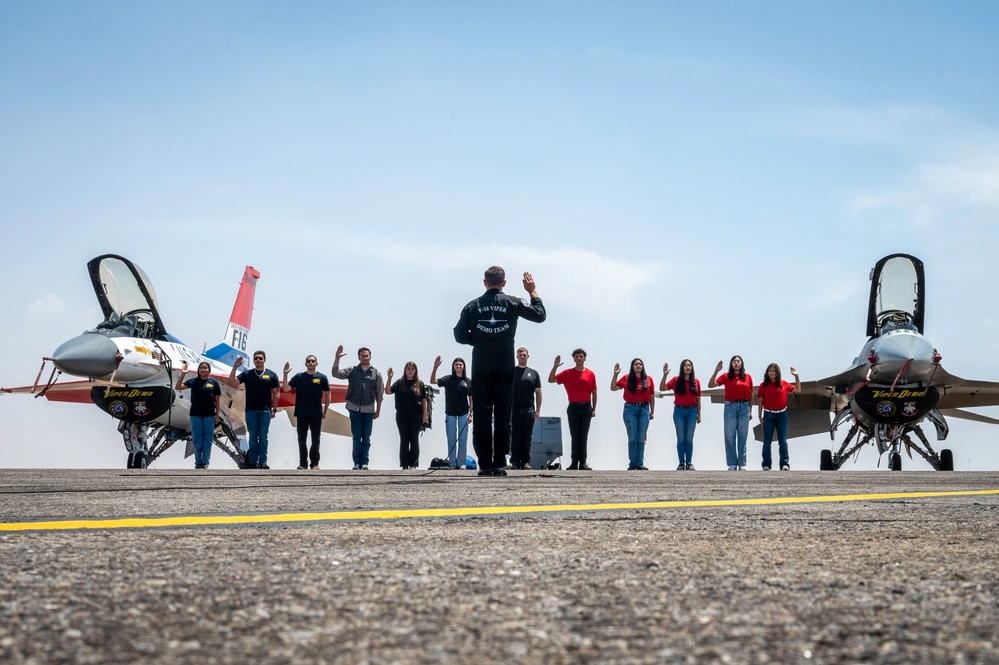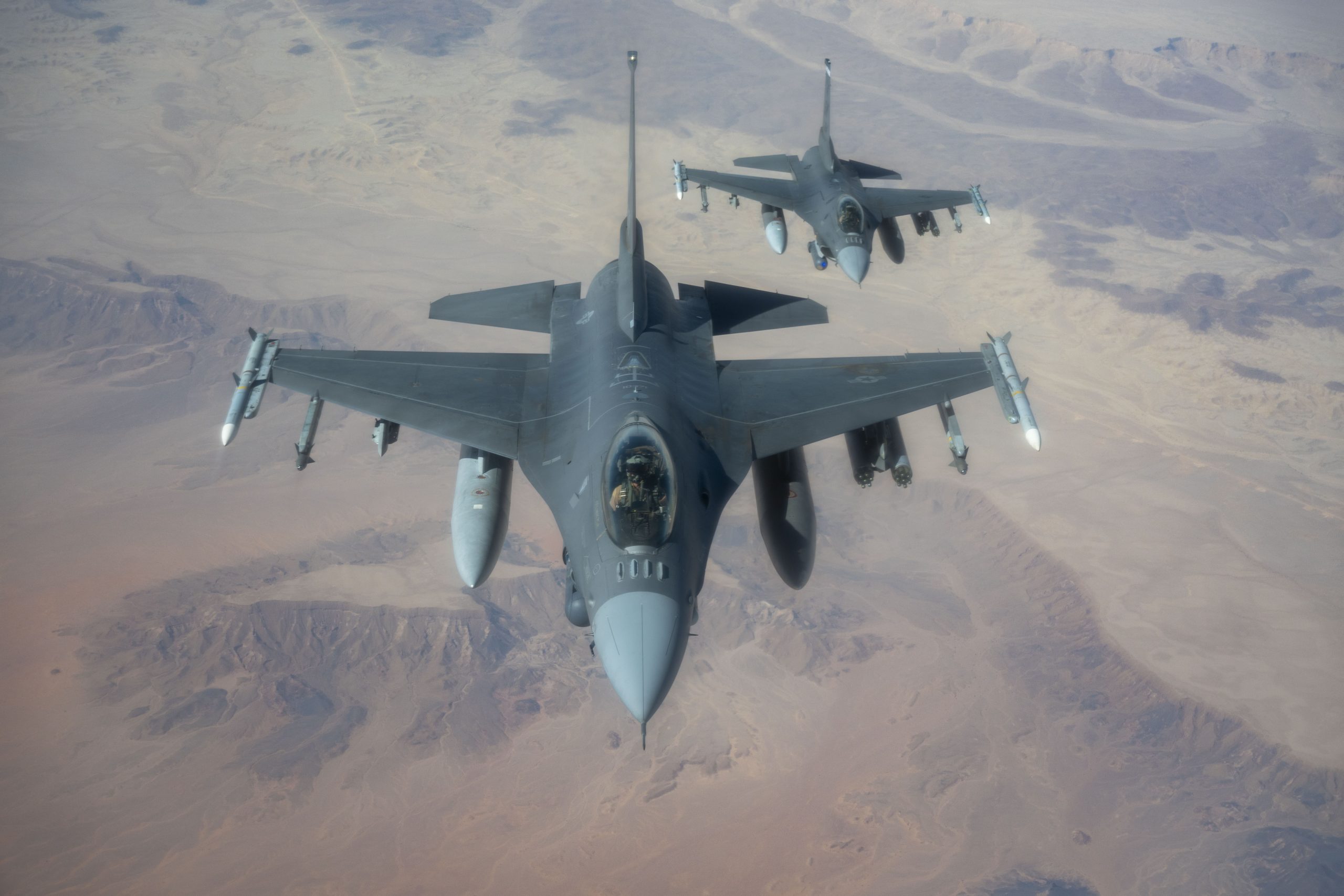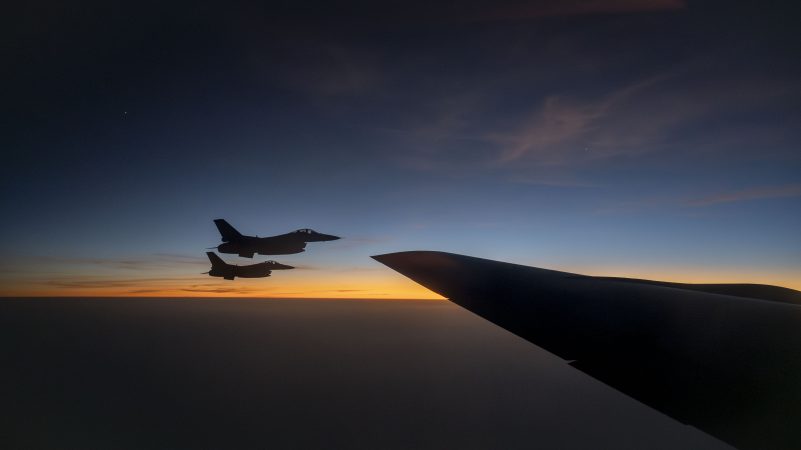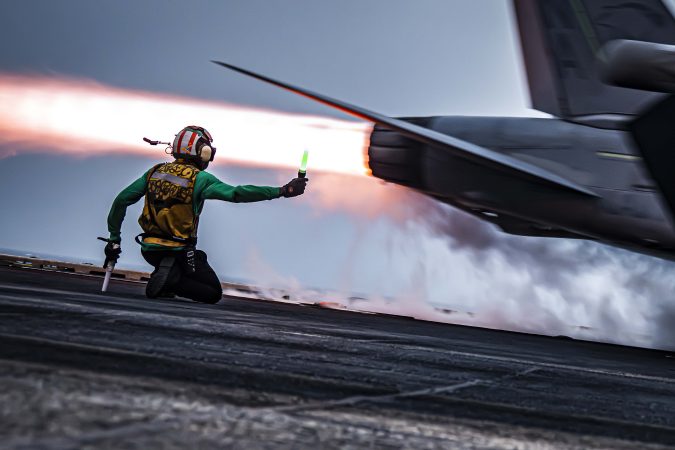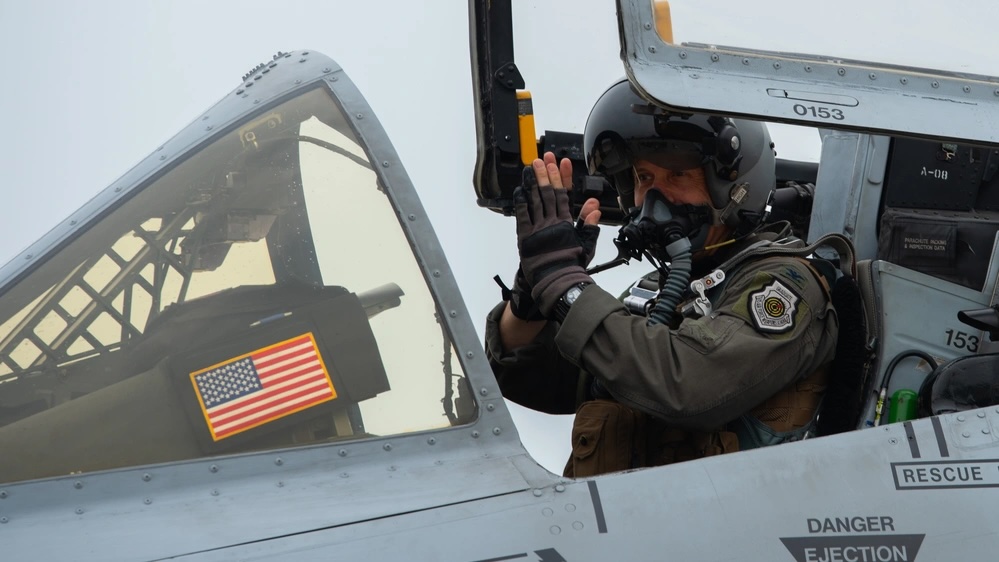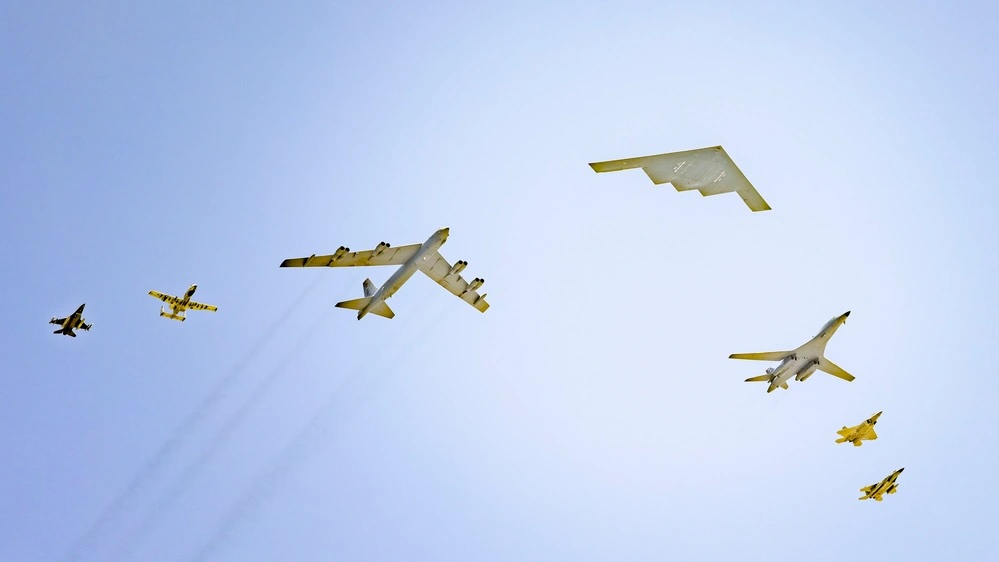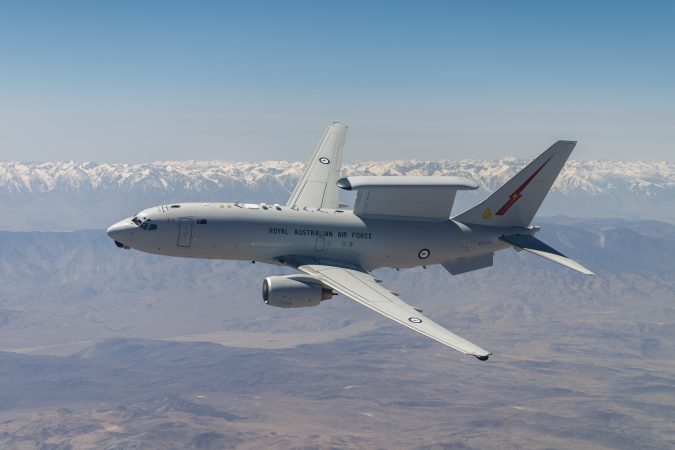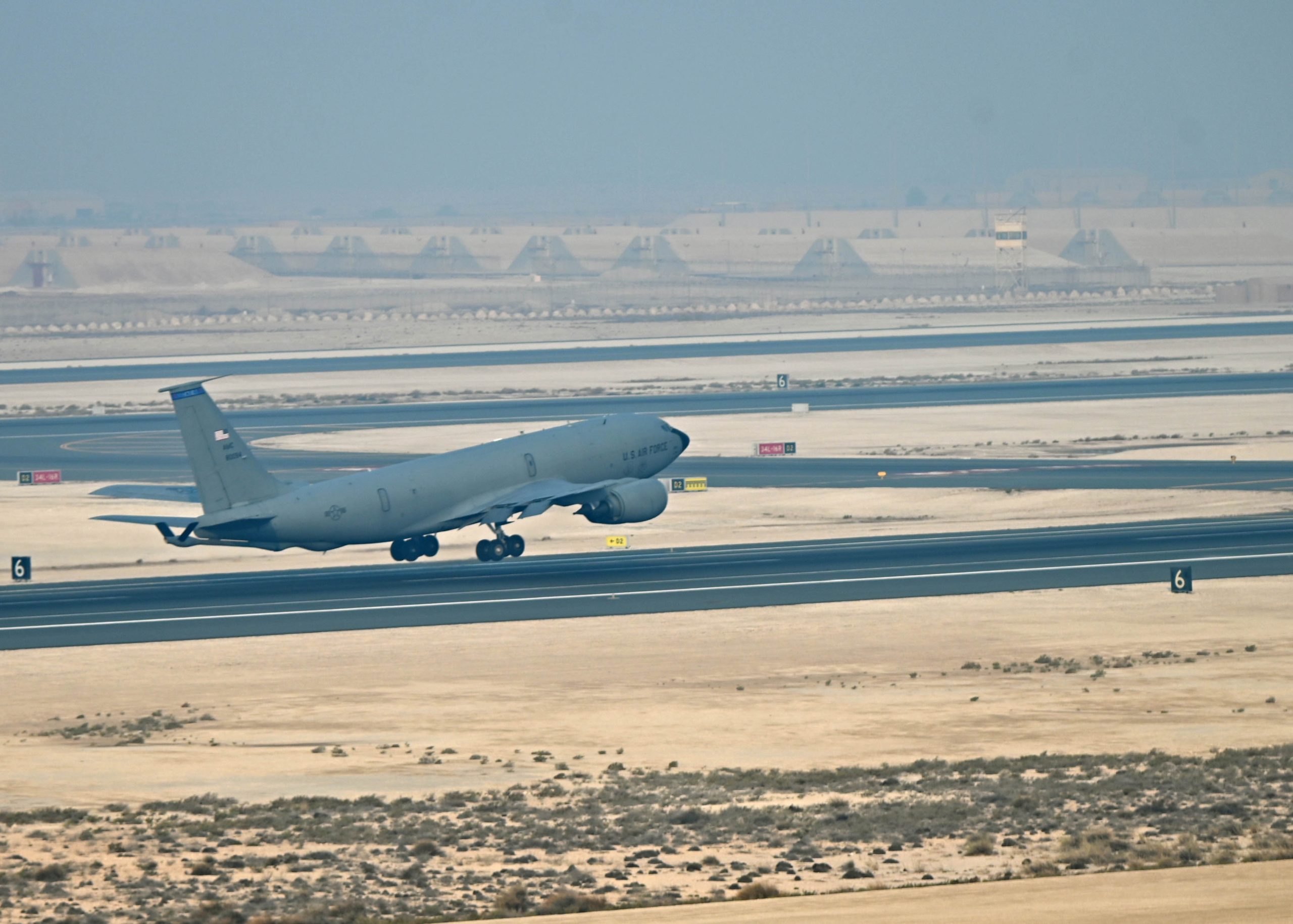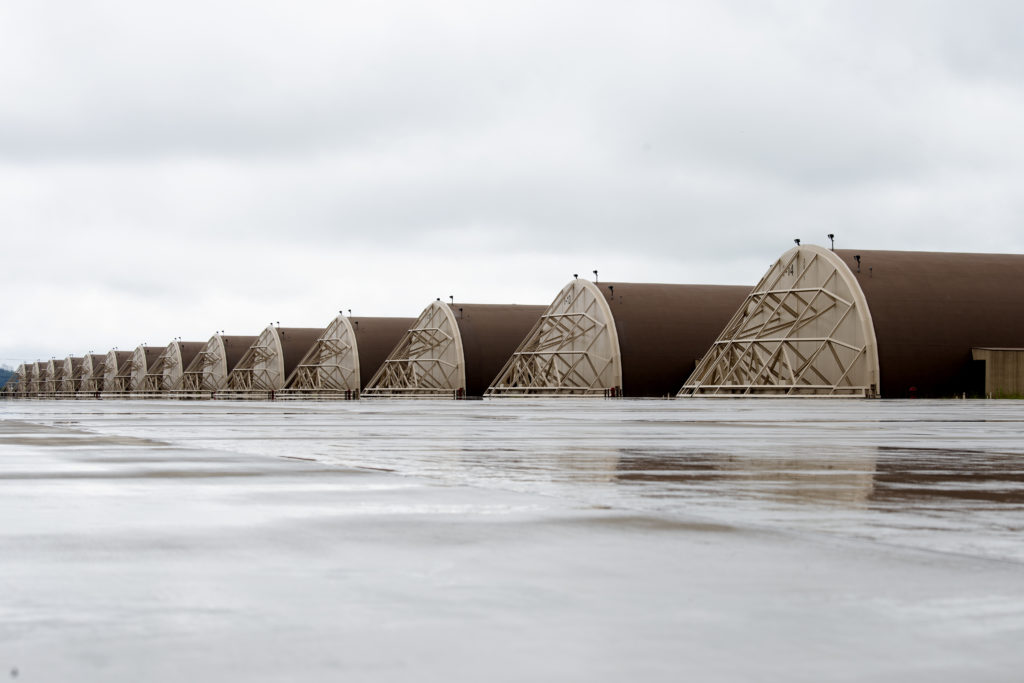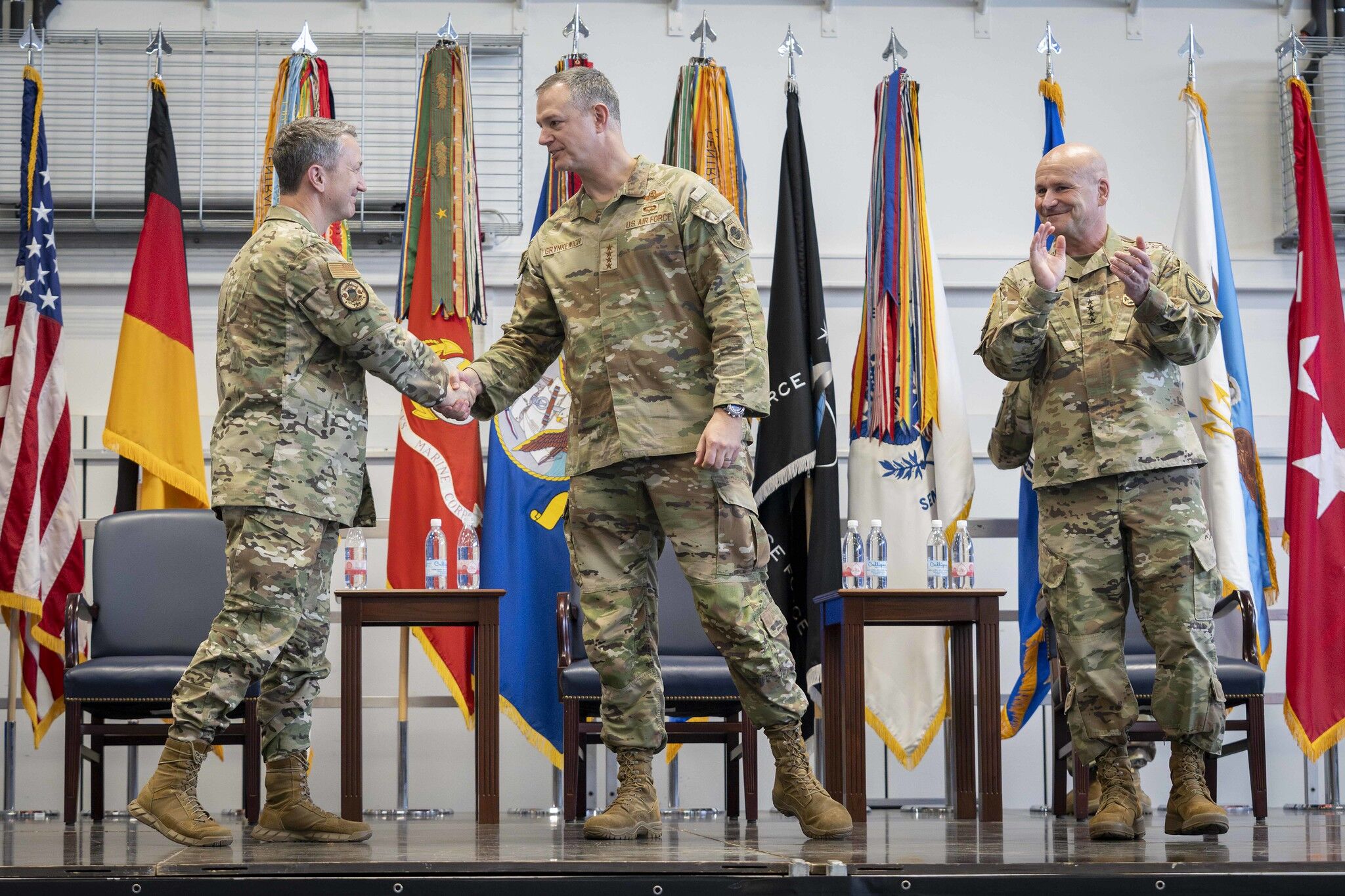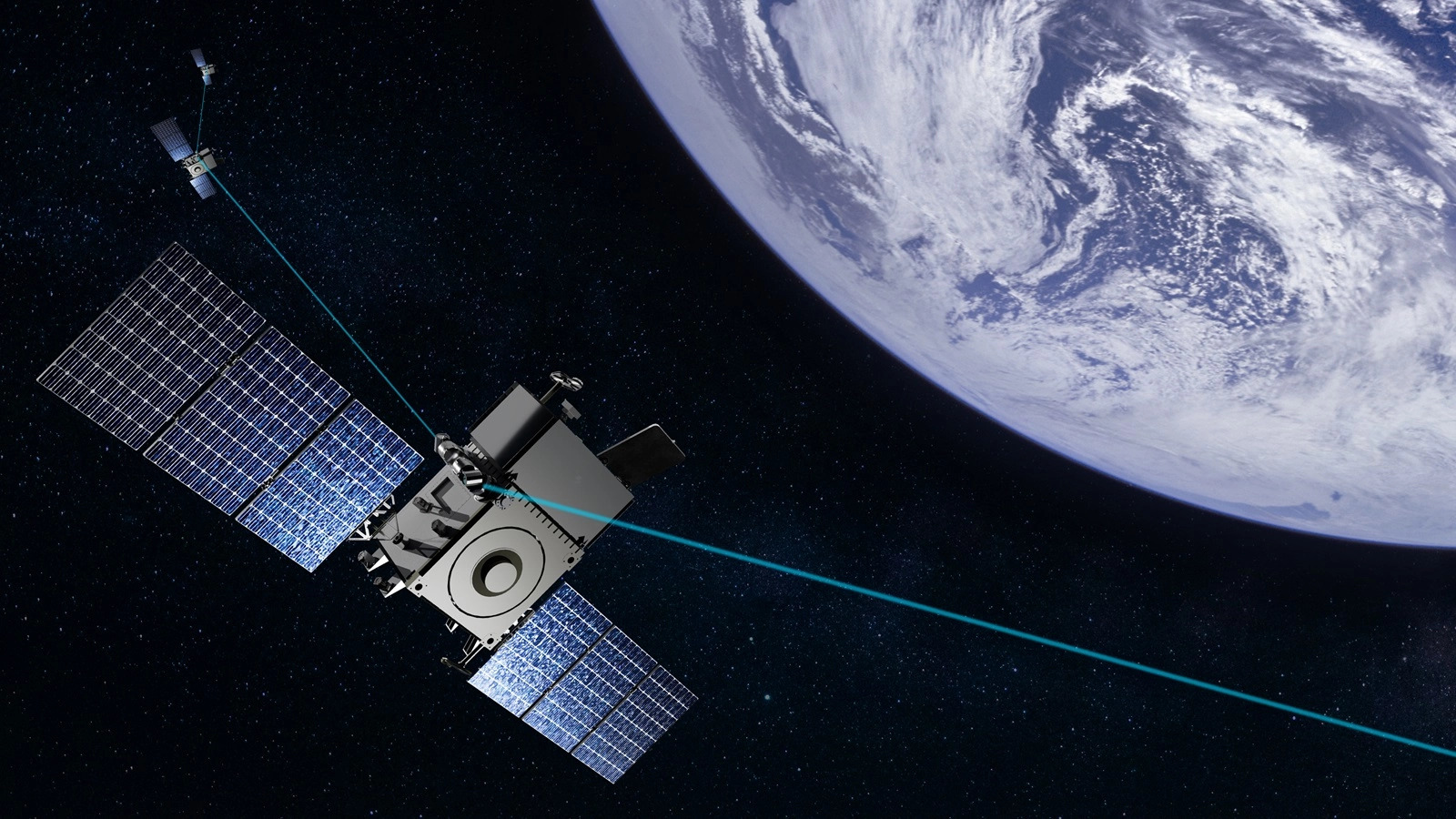The $10.3 billion the Air Force and Congress want to spend on the B-21 bomber in fiscal 2026 will fund not only continuing development and fabrication, but increased production capacity, the service acknowledged. But USAF isn’t saying whether that accelerated manufacturing will buy more total B-21s than planned, buy the bombers faster … or both.
“The Air Force is committed to the successful fielding of the B-21 and is investing in the infrastructure necessary to support an increased yearly production capacity,” the service said in response to a query from Air and Space Forces Magazine.
“This proactive measure ensures the long-term health and efficiency of the production line, enabling us to deliver this critical capability to the warfighter,” the statement added. “Details regarding specific production rates remain classified.”
Previous budgets have indicated that B-21 production—based on a buy of 100 airplanes—could wrap up in the mid-to-late 2030s, suggesting a production rate of only seven or so airplanes per year. The Air Force was not immediately able to characterize by percentage how much increased capacity the 2026 budget would buy, compared with what it has today.
Northrop Grumman, which builds the B-21, telegraphed the move in April, when it took a $477 million charge on the program to cover unexpected materials costs and enable a speed-up in production, should the Air Force wish it. The company characterized the action as a “change in the manufacturing process.” Kathy Warden, Northrop CEO, called it a “process change” enabling “a higher production rate.”
The reconciliation bill language provided a total of $4.5 billion for a B-21 manufacturing capacity acceleration, and that amount is in the fiscal 2026 budget request, along with the Air Force’s ask of $3.4 billion for production and $2.3 billion in research, development, test and evaluation. The reconciliation amount was split, $2.4 billion for R&D and $2.1 billion for procurement.
The overall amount roughly matches the Pentagon’s budget overview, which says the B-21 would get $10.2 billion in fiscal ’26. Absent further spending forecasts, however, it’s not clear if the production capacity adds will be sustained.
The Air Force was not immediately able to say whether Northrop could accommodate additional B-21 production at its Plant 42 facilities in Palmdale, Calif., simply with more tooling and workers or whether a separate manufacturing site would have to be set up. Northrop referred all questions about B-21 production capacity to the Air Force.
Air Force Chief of Staff Gen. David Allvin apparently isn’t sold on a bigger B-21 buy, though. He told the Senate Appropriations Committee on June 26 that the B-21 “is manufactured differently” than other aircraft, “and so we want to ensure that, before we accelerate, we don’t want to be overly zealous without fully understanding what it might mean to accelerate beyond a certain production rate.”
He said the Air Force is “intensely looking at” increasing the rate, “not only from an affordability point of view, but also a feasibility point of view, to ensure that we don’t go too fast.”
Allvin called the prospect of acceleration “very, very promising” and would provide “a significant capability for our Air Force.”
He reiterated the service’s line that it’s seeking a program of record of a minimum of 100 B-21s, but acknowledged that U.S. Strategic Command boss Gen. Anthony Cotton has suggested 145 might be nearer the actual requirement.
Cotton, in a March speech at the McAleese defense conference, said 100 B-21s is an “absolute minimum,” and that this benchmark, set around 2015, has probably been overtaken by events. That figure was established “when the geopolitical environment was a little bit different than what we face today,” said Cotton, who is retiring in the next few months. The figure of 145 was also the number Air Force Global Strike Command calculated it need when he headed that organization, he said.
Gen. Thomas A. Bussiere, now the head of Global Strike Command, also said in June that 145 might be the right number of B-21s, and that more will be needed anyway if the planned B-52J upgrade doesn’t work out. The Air Force is replacing the B-52’s engines and radar and refurbishing other elements of the 63-year old bomber’s airframe.
“I support assessing the increase of the production from 100 to 145,” Bussiere said at the Atlantic Council.
Allvin also made the connection between more B-21s and B-52 setbacks in May, when he told the Senate Armed Services Committee more B-21s would be needed if B-52 modernization “goes worse than we hope.” The Air Force has said it may invoke a Nunn-McCurdy breach on the radar modernization program, which signifies a 15 percent or more increase in cost over the program base or a significant delay in the program.
Although Allvin told the committee 100 B-21s is a number “we can stand behind,” he repeated previous comments that by the mid-2030s, the Air Force may wish to switch to something else made possible by advancing technology.
“I really want to look at the risk over time, and opportunities over time,” Allvin said.
Former Air Force Secretary Frank Kendall, in testimony before the SASC in May 2023, said the Air Force may need to shift its investments away from short-range fighters to long-range bombers in the future, a requirement driven by the threats to island bases and tankers from very long-range adversary missiles.
At that time, Kendall testified, “if we’re ever going to significantly increase the production [of the B-21], we’d have to go re-look at how we are tooled for manufacturing.” That, he said, is “not a near-term decision.”
Allvin told the Senate Appropriations panel that in future conflicts, “having mass is … extremely important. And so, as we look at the minimum of 100, we will continue to evaluate how many [we] need at the time of production to make sure they’re meeting the need.”
